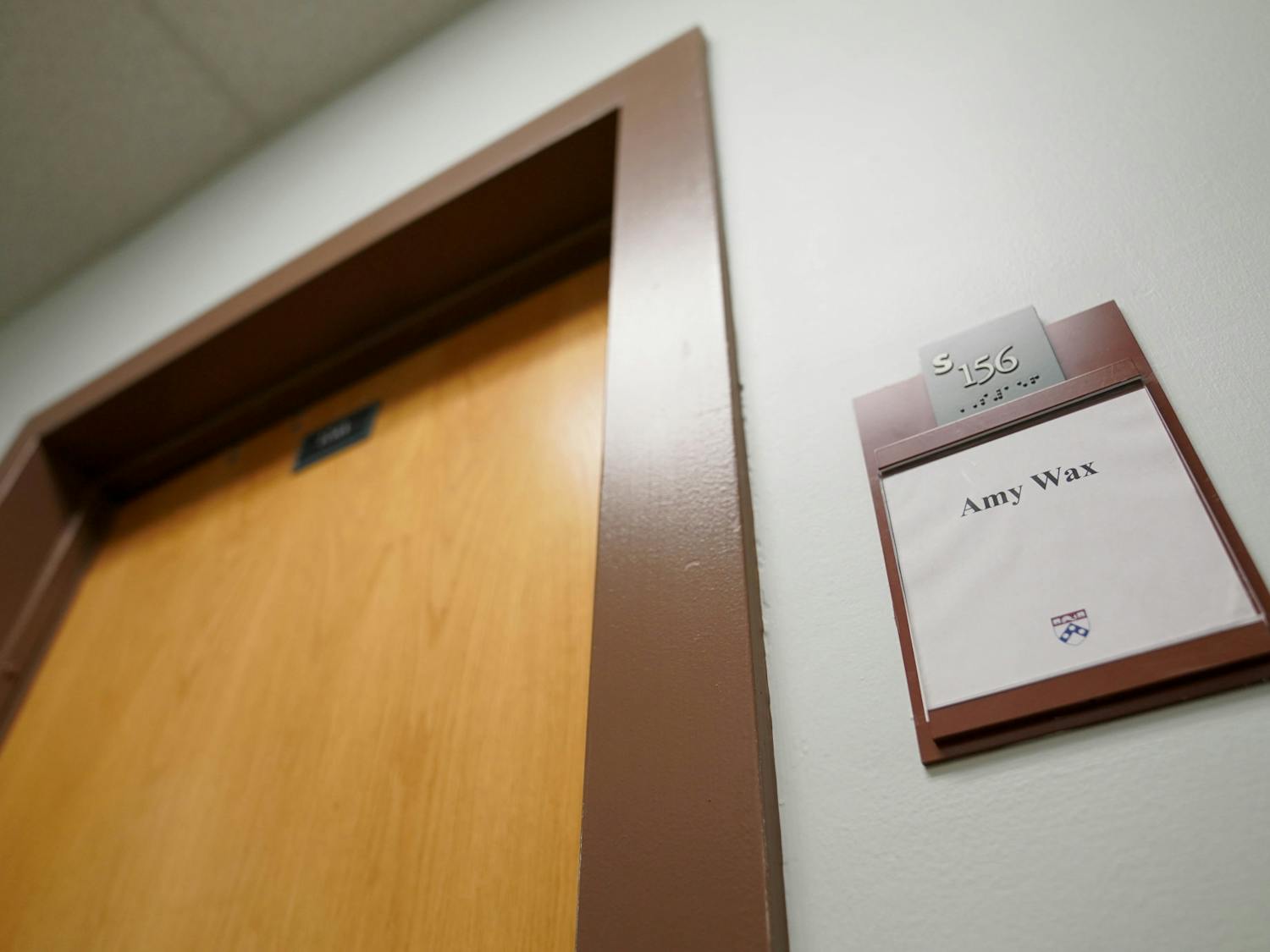According to a recent study, students are justified in being upset over the high cost of textbooks.
The State Public Interest Research Group surveyed the five most purchased textbooks at 59 universities -- including Penn -- and concluded in a report entitled "Ripoff 101" that "the publishing industry's practices needlessly drive up textbook costs."
The basic charges put forth by PIRG include the needless publication of costly new editions that limit the usefulness of used textbooks. In addition, publishers bundle supplemental materials, like software and workbooks, into textbooks -- artificially driving up the cost.
The study is an expansion on a similar study that PIRG released in the fall of 2003.
The Association of American Publishers, however, refuted PIRG's findings in a press release by claiming that the study featured "flawed methodology" and "selective use of data."
"Ripoff 101" focused on textbooks for introductory level courses, according to higher education associate for the Pennsylvania PIRG Luke Swarthout, because they believe it is in those courses that new editions are most needlessly released.
"You want textbooks to be current," Swarthout said, "but there are a lot of [introductory] classes with no new information."
Penn Chemistry Professor Ivan Dmochowski teaches Chemistry 101 and says that a new edition of the textbook he uses is released "every couple years."
"The textbook is 99 percent the same," he said, adding "It's a little hard to justify the cost."
"They make it difficult to not buy the latest edition because they change the homework problems," he said, noting that he makes the new problem sets available through other means to students who have chosen to use an old edition of the textbook.
Math Professor Edward Crotty, who is also the Associate Director of the Undergraduate Program of Mathematics, said that textbooks vary and it would be difficult to draw general conclusions.
"Some are revised just for the sake of revising," Crotty said, "and some are revised for improvement."
In response to these criticisms, the AAP cited the findings of a recent Zogby poll which found that 80 percent of the 1,029 college professors surveyed "say it is important that the material in texts used for their courses be as current as possible."
Swarthout criticized the AAP's reference of the Zogby poll, saying that it failed to take into account the fact that the PIRG study focused on introductory level classes mostly aimed at younger students.
Another point of contention for Swarthout was that 55 percent of the books surveyed did not come with unbundled alternatives that would be cheaper to purchase.
"They sell a textbook with bells and whistles that you're never going to use," he said.
"A lot of the stuff they're bundling is purely supplemental," Dmochowski said, adding "It's getting to the point that they're putting in so much that there's no way" it could all be used.
Again citing the Zogby poll, the AAP alleged that most professors like having the bundled material.
"Seventy-five percent of professors either require or recommend their students purchase textbook packages that include supplemental materials, such as study guides, lab manuals, and digital media," a Zogby press release said.
Crotty again said that the usefulness of supplemental materials varies, "Sometimes they're good and sometimes I use it as a coaster."
Swarthout said that the price of textbooks has increased 64 percent since 1994, whereas the prices of other finished goods of similar nature have risen by roughly a quarter that number.
"Tuition and student fees have gone up at a much faster rate than textbooks," countered AAP President and CEO Patricia Schroeder in a press release.
"Textbooks represent only a fraction of the overall cost of higher education," she added.
Tuition at private and public universities has increased 71 and 90 percent in that same time period, respectively.
Swarthout said that his group's overall problem is that they believe the textbook publishers "are taking advantage of a captive market," noting that students have basically no choice in deciding what textbook to buy.
"It's not your typical free market situation," he said, adding that it is PIRG's goal to put pressure on the publishing industry to reform their ways.








